Contents
Guide
Page List

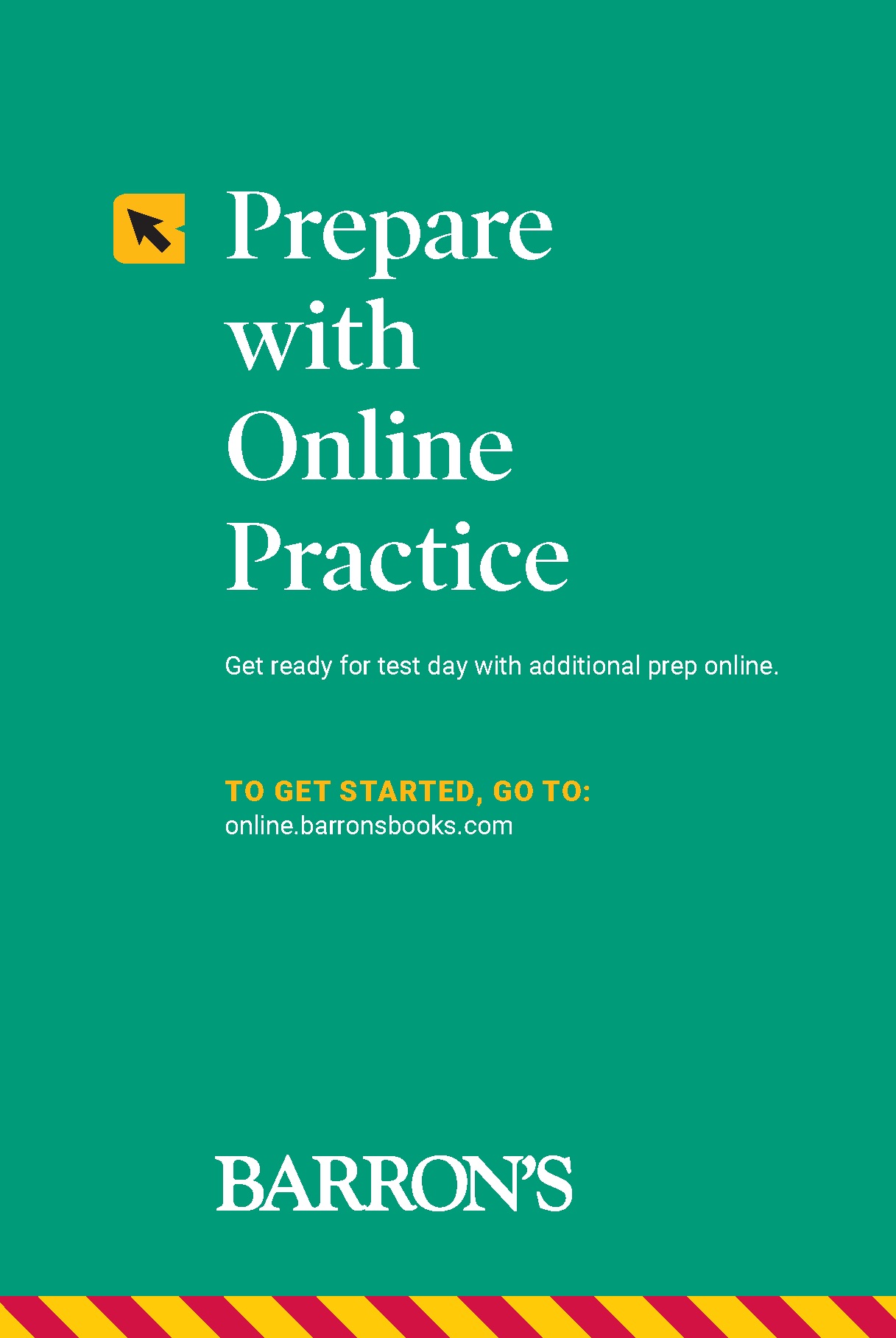
Copyright 2021, 2020 by Kaplan, Inc., d/b/a Barrons Educational Series All rights reserved under International and Pan-American Copyright Conventions. By payment of the required fees, you have been granted the non-exclusive, non-transferable right to access and read the text of this eBook on screen. No part of this text may be reproduced, transmitted, downloaded, decompiled, reverse engineered, or stored in or introduced into any information storage and retrieval system, in any form or by any means, whether electronic or mechanical, now known or hereinafter invented, without the express written permission of the publisher. Published by Kaplan, Inc., d/b/a Barrons Educational Series 750 Third Avenue New York, NY 10017
www.barronseduc.com ISBN: 978-1-5062-8040-0 10 9 8 7 6 5 4 3 2 1 Kaplan, Inc., d/b/a Barrons Educational Series print books are available at special quantity discounts to use for sales promotions, employee premiums, or educational purposes. For more information or to purchase books, please call the Simon & Schuster special sales department at 866-506-1949.
Contents
T his book is aimed at students taking the AP Computer Science Principles exam and is designed to help students prepare for exam topics, regardless of what computer language or method they were taught.
The book provides in-depth instructions on how to complete the Create Performance Task with five complete written and coded examples. We have included sample responses that earn high scores and sample responses that earn low scores. The provided sample responses are intended to serve as guiding resources only. Do NOT copy the sample responses! The College Board does rigorous checks for plagiarism. The questions and examples all reflect the style of recent exam questions and cover the essential knowledge topics outlined by the College Board. Acknowledgments This book is dedicated to the class of 2020. Acknowledgments This book is dedicated to the class of 2020.
You would have rocked this test.  Lisa Reichelson, Class of 2020 The AP Computer Science Principles exam is a two-hour multiple-choice exam with 70 questions covering five Big Ideas accompanied by a performance task containing three submissions. The College Board recommends you submit your performance task on April 15, with a due date of approximately April 30. After your teacher sets up your College Board account, you will be able to submit your performance task starting December 3. I recommend you submit your performance task well before the April 30 deadline. Because the College Board is constantly tweaking the dates, check for current dates at https://apstudent.collegeboard.org/apcourse/ap-computer-science-principlesContent of Class Performance task: 30% of AP Grade Guaranteed 12 hours of classroom time to finish Program Code Written Responses Video of at least one significant part of your program running End of Course exam: 70% of AP Grade 2 hours 70 multiple-choice questions, paper and pencil exam Creative Development 1013% Data 1722% Algorithms and Programming 3035% Computer Systems and Networks 1115% Impact of Computing 2126% Some exam questions may be aligned to more than one learning objective.
Lisa Reichelson, Class of 2020 The AP Computer Science Principles exam is a two-hour multiple-choice exam with 70 questions covering five Big Ideas accompanied by a performance task containing three submissions. The College Board recommends you submit your performance task on April 15, with a due date of approximately April 30. After your teacher sets up your College Board account, you will be able to submit your performance task starting December 3. I recommend you submit your performance task well before the April 30 deadline. Because the College Board is constantly tweaking the dates, check for current dates at https://apstudent.collegeboard.org/apcourse/ap-computer-science-principlesContent of Class Performance task: 30% of AP Grade Guaranteed 12 hours of classroom time to finish Program Code Written Responses Video of at least one significant part of your program running End of Course exam: 70% of AP Grade 2 hours 70 multiple-choice questions, paper and pencil exam Creative Development 1013% Data 1722% Algorithms and Programming 3035% Computer Systems and Networks 1115% Impact of Computing 2126% Some exam questions may be aligned to more than one learning objective.
For example, a question on programming might implement an algorithm and contain an abstraction. The Multiple-Choice Section The multiple-choice questions are worth 70% of your score and are administrated at the end of the school year. There is no penalty for wrong answers. So answer every question, even if you have to guess. You have a little more than 1.7 minutes per question. You should have enough time to answer all questions on this test, and you will most likely have enough time at the end to go back to difficult questions.
The 70 questions are fatiguing. You should practice at least one of the sample tests given in one sitting. Robot and programming questions can be simplified by hand-tracing the code. People score the performance task, while the EOC exam is scored by machine. The test is independent of the computer language used, but there are both text-based programming questions and block-based programming questions. The Performance Task Details on how to create a College Board account and how to submit your performance task can be found at https://apstudent.collegeboard.org/takingtheexam/about-digital-portfolio Create Task Allow your own interests to drive your choice of computing program.
Before you start writing, make sure you have read and understand the questions and how these questions are graded. There are small changes in the question each year, and the newest versions of both the questions and the scoring criteria can be found at https://apcentral.collegeboard.org/pdf/ap-csp-student-task-directions.pdf Your program code should represent the results of explorations that go beyond the examples presented in class. Again, the deadline for submission is April 30. The College Board recommends submitting by April 15. Examples of each section of the Create Performance Task are given in this book. You should not plagiarize examples but, instead, use them as a model of how to score high on the College Board rubric.
Six complete practice exams are provided in the book. One exam is at the start of the book and may be used as a diagnostic test. It is accompanied by a diagnostic chart that refers you to related topics in the review book. Two exams are at the end of the book. Each of the exams has an answer key and detailed explanations for the multiple-choice questions. The exam that follows has the same format as that used on the actual AP exam.
There are two ways you may use it: 1.Use it as a diagnostic test before you start reviewing. Following the answer key is a diagnostic chart that relates each question to sections that you should review. In addition, complete explanations are provided for each solution. 2.You can also use it as a practice exam when you have completed your review.
Time: 120 minutes70 questionsDIRECTIONS: Each of the questions or incomplete statements below is followed by four suggested answers or completions. 1.Consider the following code segment, which uses the variables
a and
c.
a 3
aa + 5
c 3
ac +
a DISPLAY(a) DISPLAY(c) What is displayed when running the code segment? (A)3 3 (B)3 8 (C)11 3 (D)3 11 2.When writing a program, what is true about program documentation? I.Program documentation is useful while writing the program.
a 3
aa + 5
c 3
ac +
a DISPLAY(a) DISPLAY(c) What is displayed when running the code segment? (A)3 3 (B)3 8 (C)11 3 (D)3 11 2.When writing a program, what is true about program documentation? I.Program documentation is useful while writing the program.
II.Program documentation is useful after the program is written. III.Program documentation is not useful when run speed is a factor. (A)I only (B)I and II only (C)II only (D)I, II, and III 3.An image stored on a computer contains pixels that represent how bright the red, green, and blue values are. The most common format for pixels is to represent the red, green, and blue, using 8 bits, which vary from 0 to 255. If the current red value is 10011101, what would be the new value in binary if the red value is increased by 4 in decimal? (A)157BIN (B)0100BIN (C)10011111BIN (D)10100001BIN 4.A programmer is writing software for a diverse set of users. While the program runs, the programmer wants to meet the needs of all her customers and reduce potential bias in her algorithms.

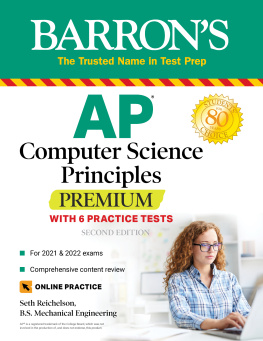
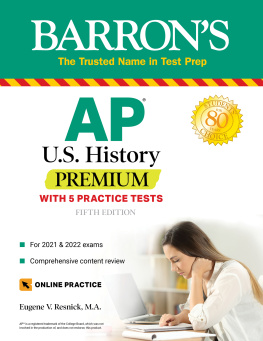
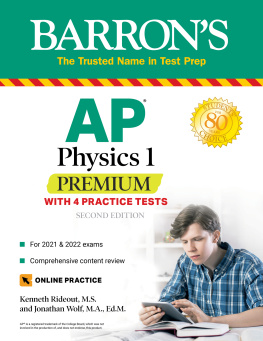
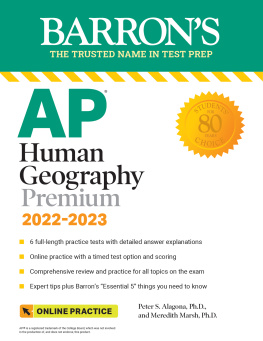

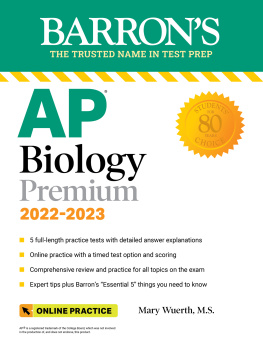
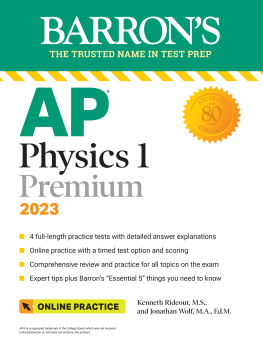
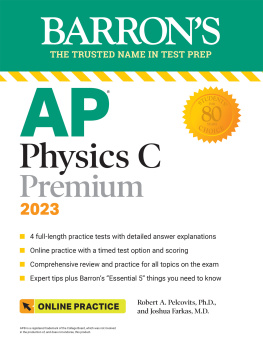

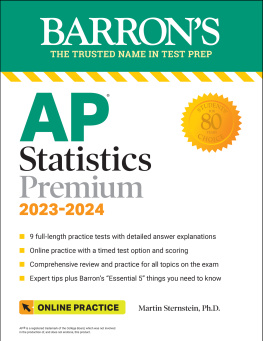
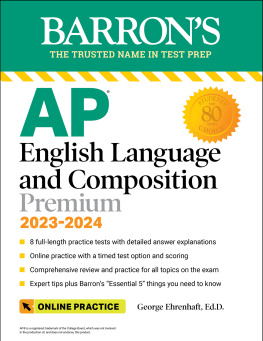
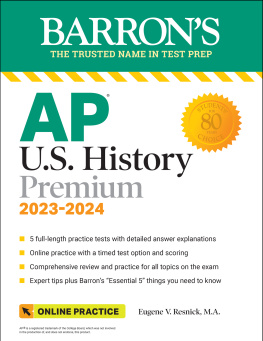



 Copyright 2021, 2020 by Kaplan, Inc., d/b/a Barrons Educational Series All rights reserved under International and Pan-American Copyright Conventions. By payment of the required fees, you have been granted the non-exclusive, non-transferable right to access and read the text of this eBook on screen. No part of this text may be reproduced, transmitted, downloaded, decompiled, reverse engineered, or stored in or introduced into any information storage and retrieval system, in any form or by any means, whether electronic or mechanical, now known or hereinafter invented, without the express written permission of the publisher. Published by Kaplan, Inc., d/b/a Barrons Educational Series 750 Third Avenue New York, NY 10017 www.barronseduc.com ISBN: 978-1-5062-8040-0 10 9 8 7 6 5 4 3 2 1 Kaplan, Inc., d/b/a Barrons Educational Series print books are available at special quantity discounts to use for sales promotions, employee premiums, or educational purposes. For more information or to purchase books, please call the Simon & Schuster special sales department at 866-506-1949.
Copyright 2021, 2020 by Kaplan, Inc., d/b/a Barrons Educational Series All rights reserved under International and Pan-American Copyright Conventions. By payment of the required fees, you have been granted the non-exclusive, non-transferable right to access and read the text of this eBook on screen. No part of this text may be reproduced, transmitted, downloaded, decompiled, reverse engineered, or stored in or introduced into any information storage and retrieval system, in any form or by any means, whether electronic or mechanical, now known or hereinafter invented, without the express written permission of the publisher. Published by Kaplan, Inc., d/b/a Barrons Educational Series 750 Third Avenue New York, NY 10017 www.barronseduc.com ISBN: 978-1-5062-8040-0 10 9 8 7 6 5 4 3 2 1 Kaplan, Inc., d/b/a Barrons Educational Series print books are available at special quantity discounts to use for sales promotions, employee premiums, or educational purposes. For more information or to purchase books, please call the Simon & Schuster special sales department at 866-506-1949.  Lisa Reichelson, Class of 2020 The AP Computer Science Principles exam is a two-hour multiple-choice exam with 70 questions covering five Big Ideas accompanied by a performance task containing three submissions. The College Board recommends you submit your performance task on April 15, with a due date of approximately April 30. After your teacher sets up your College Board account, you will be able to submit your performance task starting December 3. I recommend you submit your performance task well before the April 30 deadline. Because the College Board is constantly tweaking the dates, check for current dates at https://apstudent.collegeboard.org/apcourse/ap-computer-science-principlesContent of Class Performance task: 30% of AP Grade Guaranteed 12 hours of classroom time to finish Program Code Written Responses Video of at least one significant part of your program running End of Course exam: 70% of AP Grade 2 hours 70 multiple-choice questions, paper and pencil exam Creative Development 1013% Data 1722% Algorithms and Programming 3035% Computer Systems and Networks 1115% Impact of Computing 2126% Some exam questions may be aligned to more than one learning objective.
Lisa Reichelson, Class of 2020 The AP Computer Science Principles exam is a two-hour multiple-choice exam with 70 questions covering five Big Ideas accompanied by a performance task containing three submissions. The College Board recommends you submit your performance task on April 15, with a due date of approximately April 30. After your teacher sets up your College Board account, you will be able to submit your performance task starting December 3. I recommend you submit your performance task well before the April 30 deadline. Because the College Board is constantly tweaking the dates, check for current dates at https://apstudent.collegeboard.org/apcourse/ap-computer-science-principlesContent of Class Performance task: 30% of AP Grade Guaranteed 12 hours of classroom time to finish Program Code Written Responses Video of at least one significant part of your program running End of Course exam: 70% of AP Grade 2 hours 70 multiple-choice questions, paper and pencil exam Creative Development 1013% Data 1722% Algorithms and Programming 3035% Computer Systems and Networks 1115% Impact of Computing 2126% Some exam questions may be aligned to more than one learning objective.